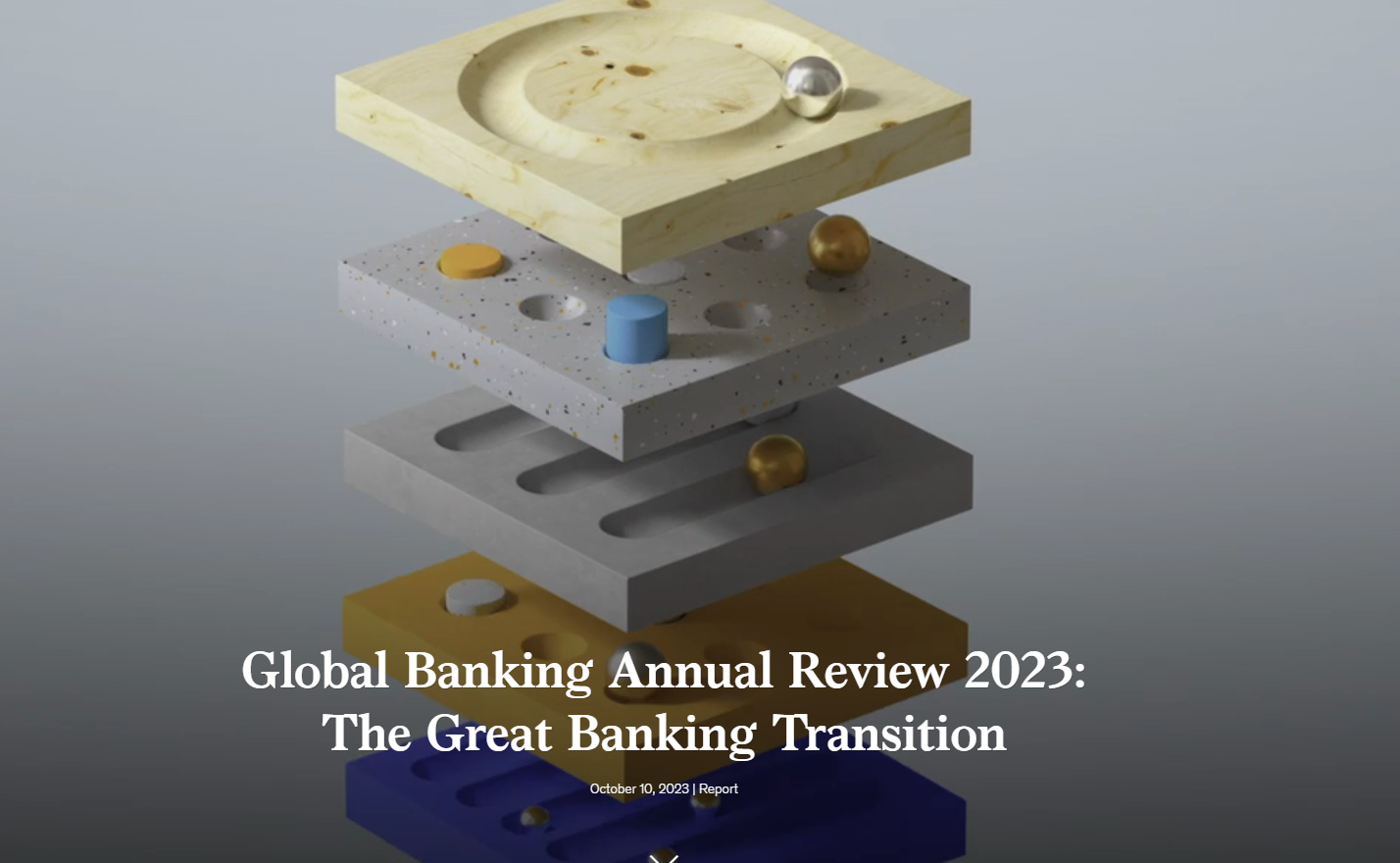
Global Banking Annual Review 2023: The Great Banking Transition
Bank profits are rising due to rising interest rates, but financial institutions around the world need to implement structural reforms amid global macroeconomic changes.
This is according to McKinsey's new working paper, Global Banking Annual Review 2023: The Great Banking Transition.
The organization estimates that the last 18 months have been the best period for the global banking sector since 2007. Rising interest rates in advanced economies led to a $280 billion increase in profits in 2022, with a return on equity (ROE) of 12% in 2022 and 13% in 2023. The cost-to-income ratio decreased from 59% in 2012 to 52% in 2022, and the asset cost ratio decreased from 1.6 to 1.5.
Experts identify four factors that will affect the banking sector in the near future:
- Unstable macroeconomic environment: rising interest rates, increasing inflation rates and slowing economic activity in China.
- Acceleration of technological progress. In 2015–2022 consumer digital payment processing grew by more than 50%. The implementation of generative artificial intelligence can increase productivity by 3-5% and reduce operating costs by $200 to $300 billion.
- Increased competition from non-traditional financial institutions. In 2015–2022 More than 70% of the increase in global financial capital came from insurance and pension funds, sovereign wealth funds, private equity and institutional investors.
- Geopolitical tension and, as a consequence, increased financial volatility, decreased dynamics of trade and investment in the real economy.
To improve banking efficiency in a changing environment, McKinsey recommends:
- Using information technology to optimize processes, personnel management, and provision of services. The main mechanisms include the use of artificial intelligence and advanced data analytics, the development of cloud platform-oriented architecture.
- Developing a unified digital environment for banks and clients (omnichannel banking) to increase the level of distribution.
- Scaling the business.
- Implementing crisis management systems.



